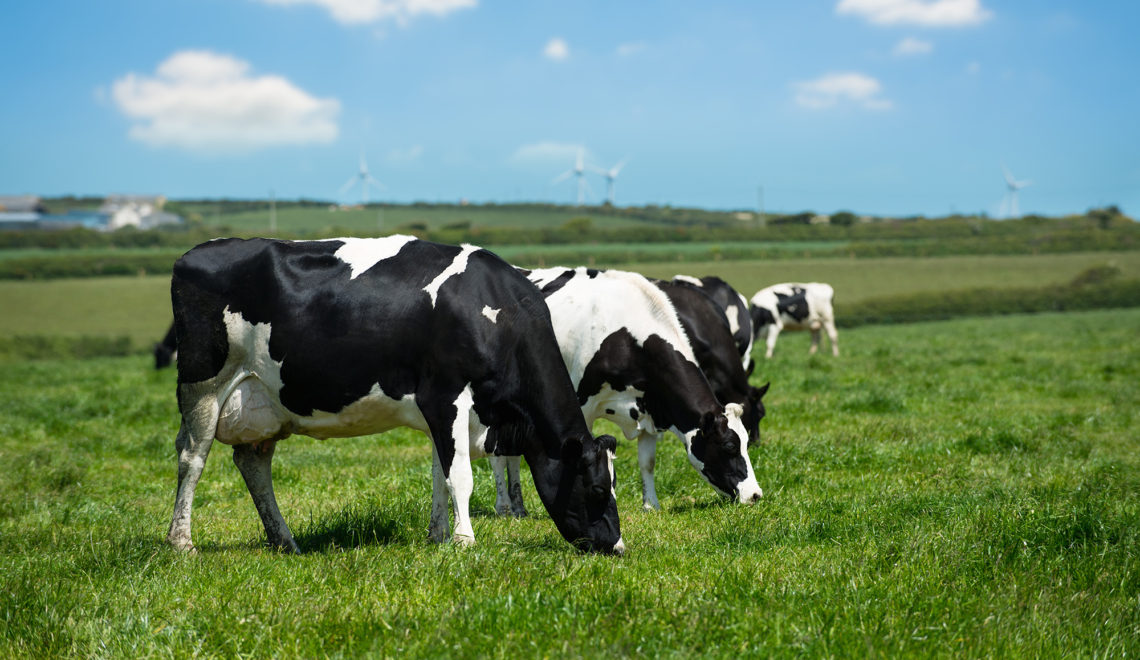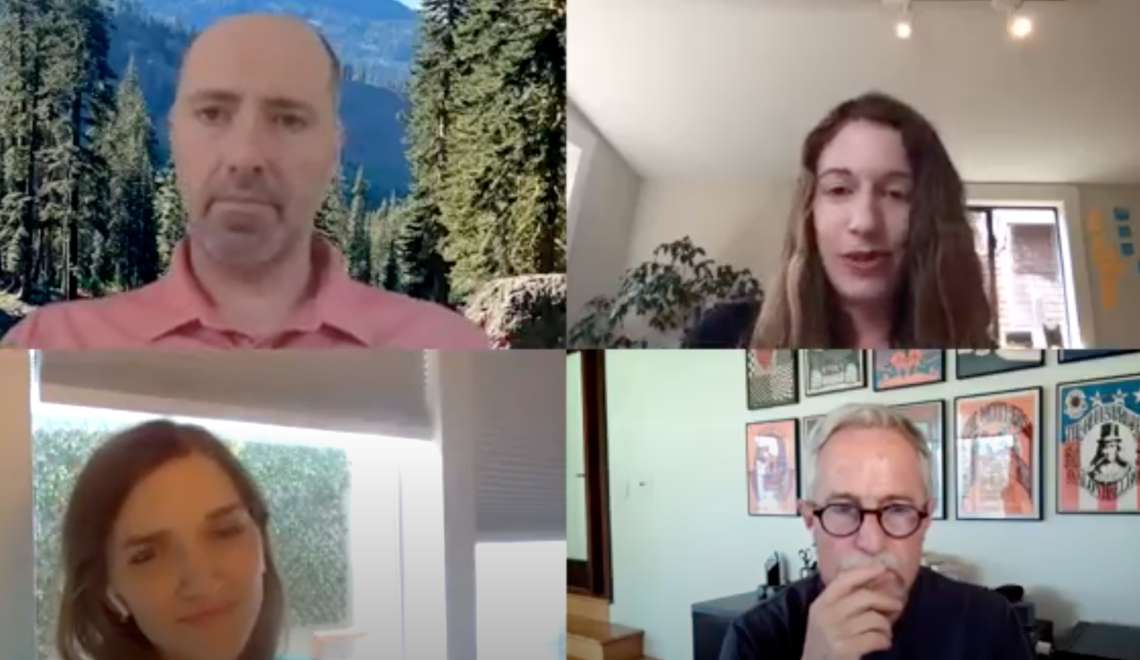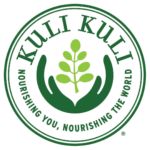
It starts with your diet — the most important battle to reducing your individual carbon footprint.
First, let’s consider all aspects of food production — from growing crops and raising livestock to packaging, transport, and storage. The food industry contributes 29 percent of global emissions, making it the second largest contributor. Energy production comes in at a guilty first at 71 percent, and deforestation, an unfortunate effect in food production, at 17 percent. With the U.S. being one of the largest economies, your diet and eating habits may be impacting the environment.
Greenhouse gases and where they come from
There are four main gases contributing to the environment according to the Environmental Protection Agency (EPA). While these gases are naturally occurring, their levels has grown exponentially due to human activity since the Industrial Revolution.
Break down of major greenhouse gases and their origins
- Carbon dioxide (CO2) contributes two-thirds of global emissions worldwide, released through the burning of natural fuel sources, deforestation, and land degradation.
- Methane (CH4) is released from waste management and agriculture (there is a purported infamously large amount of CH4 released through cow flatulence and mismanagement of waste). While methane makes up 8 percent of total emissions, methane is 20 times more effective in trapping heat and warming our atmosphere.
- Nitrous oxide (N2O) is sourced from agricultural activities and fertilizer use.
Climate change and our food system
While greenhouse gas emissions estimates vary depending on the organization and method of measurement, there is no denying that global food demand affects our planet and contributes to global climate change.
According to a report from the Department for Environment, Food and Rural Affairs (DEFRA) by Manchester Business School, not all foods contribute equally. Livestock is called out for its large contribution towards greenhouse gas emissions. Estimates show agriculture contributes roughly 25 percent of the total U.S. greenhouse gas emissions, of which 7 percent is caused by beef and dairy production alone.
Livestock uses the largest percentage of land globally, most of which is established through deforesting once-balanced ecosystems. For example, 70 percent of Brazil’s deforested land is used for raising cattle. Now, that land is susceptible to erosion, where waste runoff negatively impacts waterways. Furthermore, inefficiencies in meat and dairy production compounds how cattle impacts the environment. For example, it can take up to 16 pounds of grain to produce 1 pound of edible animal protein.
No need to go vegan to save the planet
Thinking about dropping steaks and cheese from your diet? You don’t have to stop eating meat or dairy entirely to begin reducing your carbon footprint. If a family of four stops eating meat once a week, it would be the carbon equivalent of taking a vehicle off the road for three years.
Different diets have different carbon footprints, and the most earth-friendly diet may not be a vegan one. While it takes three acres of land to produce enough food for one omnivore, it takes a sixth of an acre to feed a vegan. However, it depends on what that vegan is eating. Foods like coconuts, soy beans, and quinoa are all imported and require lots of (deforested) land use, negatively impacting local communities. Choosing chicken wings over zucchini fries may not make that big of a difference.
Foods requiring high land use may be processed, frozen, and shipped from long distances may produce a higher footprint than local, fresh, organic, and bulk foods. Some staple vegan products, like bread and frozen vegetables, produce impressive carbon footprints. To see how common grocery store foods impact the environment, see this report from DEFRA.
Food companies that are paving the way to a more sustainable future
Another factor is the sustainable practices of the company you are purchasing your products from. Some companies are going to great lengths to ensure that not only is their packaging biodegradable and their workers paid a fair wage, they are helping to combat global warming through working with local communities to conserve rainforests, using growing methods that require less water, and working with crops that literally put more greenhouse gases back into the soil.
Kuli Kuli is vigilent in the impact our products make on the planet. Moringa is a drought-resistent tree that requires little to no water and processing systems are as energy-efficient as possible. Additionally, Kuli Kuli sources moringa from areas where increased demand in supplies will not put a heavy burden on the water system in the area. And, moringa is already native to the areas where we are working to plant more.
Remember, supply follows demand. If we work to eat consciously through our demand for certain food products and support companies working to better the planet, we can minimize our carbon footprint, one bite at a time.
Twelve easy ways to minimize your carbon “foodprint”
- Eat low in the food chain (cows eat alfalfa, corn, and wheat).
- Eat no/less red meat.
- Consume less food.
- Eat foods that are grown locally and are in season.
- Only purchase what you need and don’t waste food.
- Buy from your local farmers market (and take your own vegetable and shopping bags from home).
- Say no to single-use plastic bottles and bags.
- Dine in rather than dining out.
- Buy less processed foods.
- Make it yourself at home (from kombucha to yogurt).
- Buy in bulk, rather than small portions that require more packaging.
- Support sustainable, responsible brands who care about their supply chain and environmental footprint.










